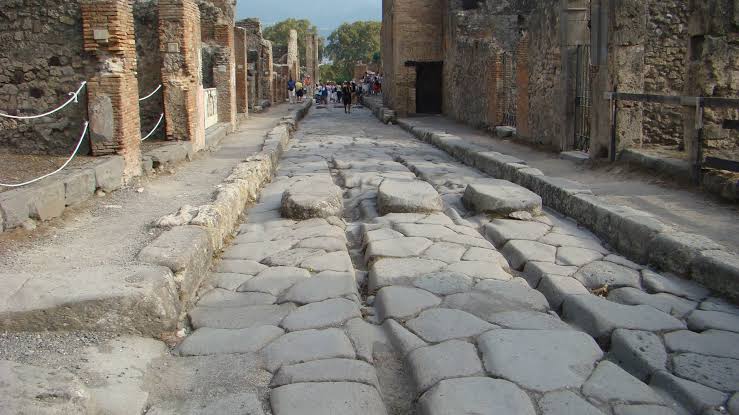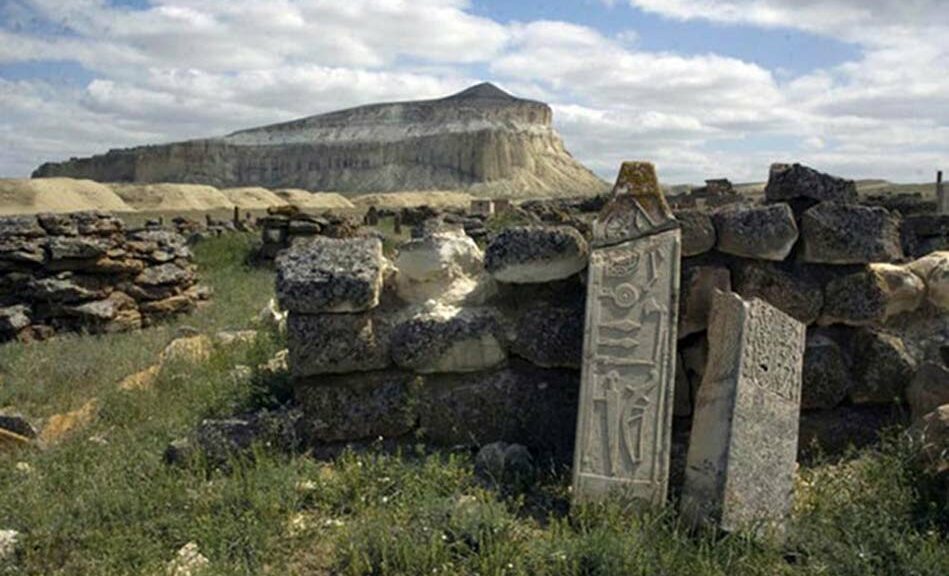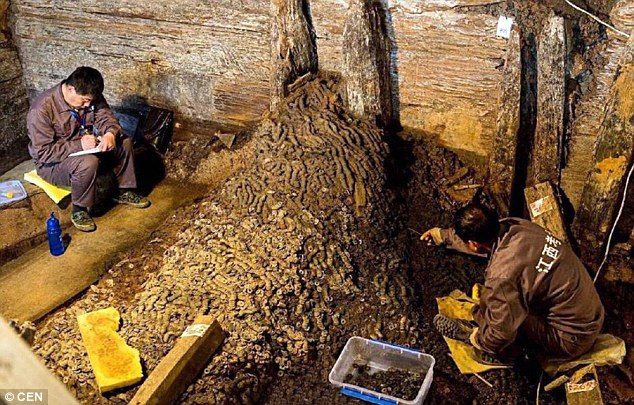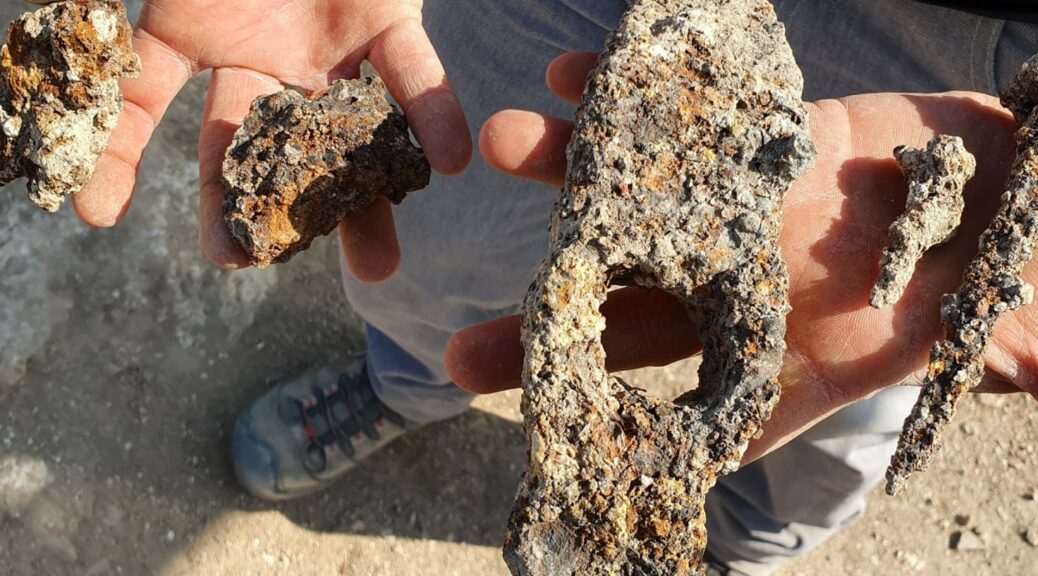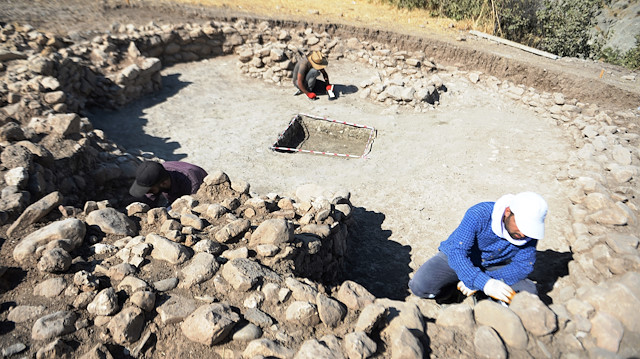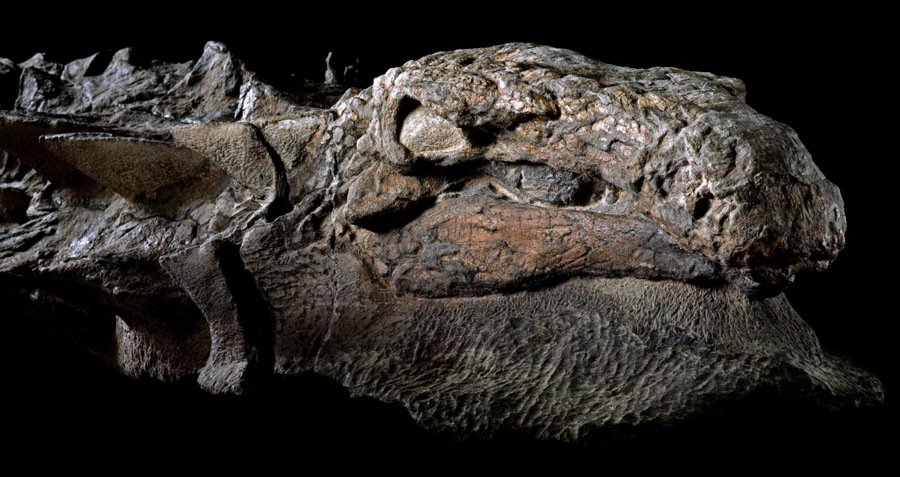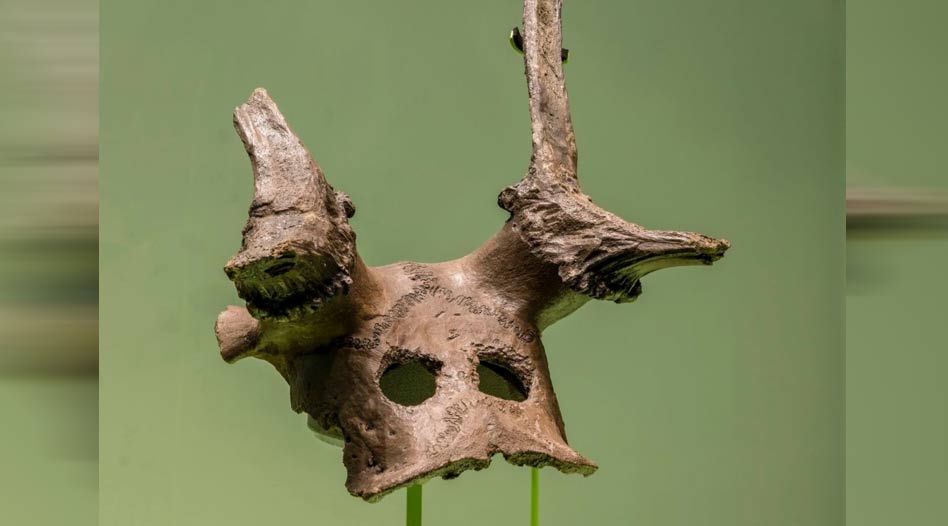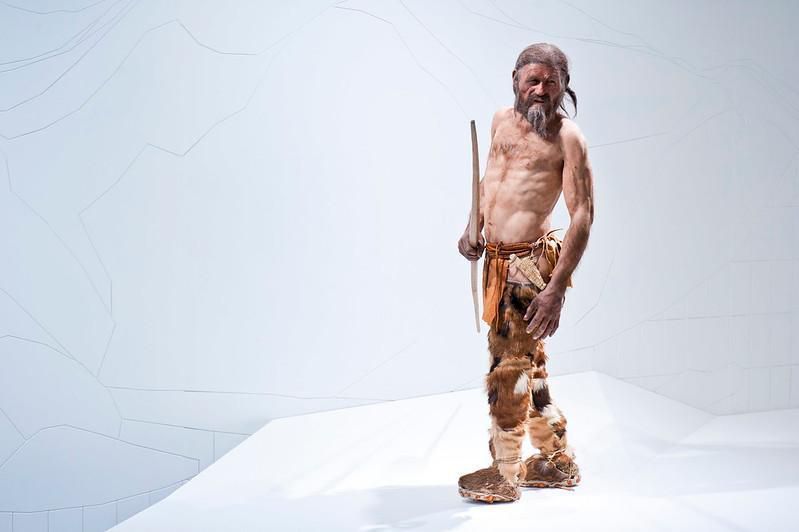Ancient Romans Used Molten Iron to Repair Streets Before Vesuvius Erupted
Whilst mostly related to the Vesuvius eruption, Pompeii’s legacy goes beyond the catastrophe and takes account of a vast chapter in history, from pre-Roman temples to astounding frescoes.
As it turns out, the legacy also boasts its fair share of innovative features, as was identified by independent scholars and researchers from the University of Massachusetts and the University of Texas.
To that end, according to a recent paper published in the American Journal of Archaeology in April, the Romans made use of molten iron to repair streets inside Pompeii before the Vesuvius eruption in circa 79 AD.
The study was carried out in 2014, with the assessment revealing how many of Pompeii’s streets were originally paved with stone. But over time, the passage of carts and carriages made their literal marks on the paths, thereby creating small depressions and ruts.
One particular case study revealed how a busy narrow stone-paved street inside the ancient city could get broken down in a matter of few decades.
Now while one of the straightforward solutions entailed repaving these sections with stones, the predicament related to how the process was not only time-consuming but also expensive.
So with typical Roman ingenuity, the ancient repairers tried their hand at an offbeat solution – in the form of pouring molten iron (or heated iron slag) to fill the gaps in the dilapidated streets. Suffice it to say, the molten state rapidly turned into a hardened form after being directed into these ruts and holes, thereby plugging the gaps.
On occasions, the Romans also used ground-up fragments of ceramics and terracotta, along with stone bits, to further fill the ruts and smooth them over.
Now while this solution was relatively cheap and seemingly straightforward, researchers are not certain of how the process of carrying and pouring the hot iron was conducted.
To that end, the iron slag, depending on its type and purity, had to be heated at a very high temperature ranging between 2,012 and 2,912 degrees Fahrenheit (1,100 to 1,600 degrees Celsius).
Interestingly enough, reconstructed models of ancient Roman furnaces have proved how some of the installations could reach such blisteringly hot temperatures.

Furthermore, the archaeologists had noted the deposit residues of heated iron on disparate places on the streets that didn’t need repairing, thus suggesting how the molten iron was sometimes even accidentally dropped during the renovation process.
Judging by such seemingly hasty and offhand techniques, according to one researcher, the dangerous repairing works entailing molten iron were possibly carried by state-sanctioned public slaves (under the directive of the magistrates).
And lastly, the scientists are also trying to analyze the iron composition within many of these Pompeii streets, which, in turn, could provide clues concerning the sources or the locations of the mines during the Roman times.
